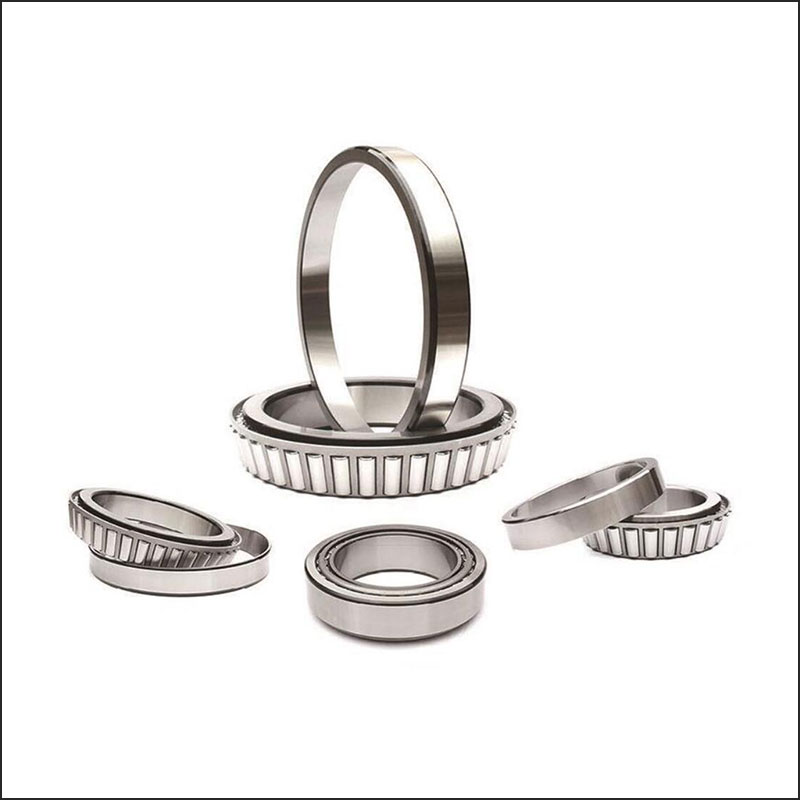Components of a tapered roller bearing
2023-10-18
A tapered roller bearing is a type of rolling-element bearing commonly used in various applications to support axial and radial loads. It is designed to handle both thrust (axial) and radial forces and is typically used in pairs or sets to support heavy axial and radial loads simultaneously. The design of tapered roller bearings enables them to handle high loads and operate at relatively high speeds.
Here are the key features and components of a tapered roller bearing:
1. Inner and Outer Rings: Tapered roller bearings have two main components: an inner ring (cone) and an outer ring (cup). The inner ring is mounted on the rotating shaft, while the outer ring is mounted inside the housing.
2. Tapered Rollers: The rollers are tapered, meaning they have a conical shape. This design allows the rollers to carry both radial and axial loads as they roll along the raceways.
3. Cage: The rollers are held in place by a cage, which maintains the proper spacing between the rollers and prevents them from coming into contact with each other.
4. Raceways: The inner and outer rings have raceways, which are the surfaces on which the rollers make contact. These raceways are designed in such a way that the load distribution is optimized for efficient load carrying.
Tapered roller bearings are commonly used in various industries and applications, including automotive, aerospace, industrial machinery, and heavy equipment. Some common applications include wheel bearings in vehicles, gearbox assemblies, axle support, and differential systems, among others.
One of the essential advantages of tapered roller bearings is their ability to handle both radial and axial loads, making them suitable for applications with combined loading conditions. Additionally, they are relatively easy to install and maintain, making them popular in many engineering and industrial settings.
It is essential to select the appropriate size and type of tapered roller bearing based on the specific application requirements to ensure optimal performance and reliability. Regular maintenance and lubrication are also crucial to prolong the bearing's service life and minimize wear and tear.



